| |
Family (Alpha): | |
| View | Acrididae Members:
| NC Records |
|---|
Stethophyma celatum Otte, 1979 - Otte's Sedge Grasshopper |
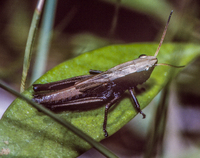
Nymph |  |
|
|
|
|
|
Image Gallery for Stethophyma celatum - Otte's Sedge Grasshopper
|
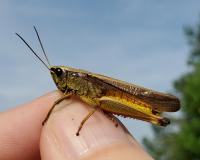 | Recorded by: Ed Corey
Onslow Co.
Comment: | 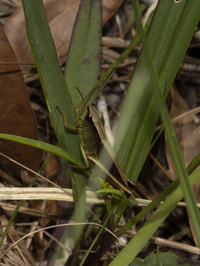 | Recorded by: Ed Corey
Pender Co.
Comment: |
 | Recorded by: Stephen Hall
Pender Co.
Comment: | 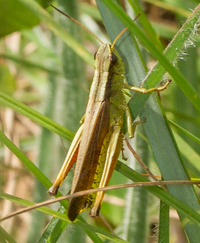 | Recorded by: Stephen Hall
Pender Co.
Comment: |
 | Recorded by: Stephen Hall
Pender Co.
Comment: |  | Recorded by: E. Corey
Onslow Co.
Comment: |
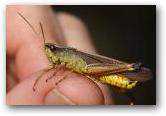 | Recorded by: E. Corey, J. Beane, T. Pusser
Onslow Co.
Comment: | 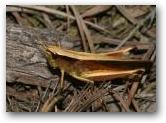 | Recorded by: E. Corey
Onslow Co.
Comment: |
 | Recorded by: Stephen Hall
Hoke Co.
Comment: |  | Recorded by: Stephen Hall
Hoke Co.
Comment: |
 | Recorded by: Stephen Hall
Hoke Co.
Comment: | 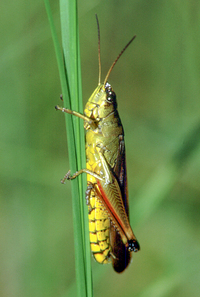 | Recorded by: Steve Hall
Brunswick Co.
Comment: |
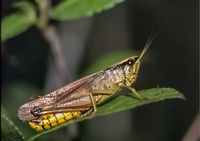 | Recorded by: Steve Hall
Brunswick Co.
Comment: |  | Recorded by: Steve Hall
Brunswick Co.
Comment: |
 | Recorded by: Steve Hall
Brunswick Co.
Comment: |  | Recorded by: Steve Hall
Brunswick Co.
Comment: |
|
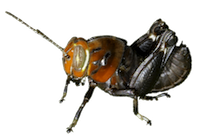
 »
»

 »
»